Understanding Chicken Necks As Dog Treats
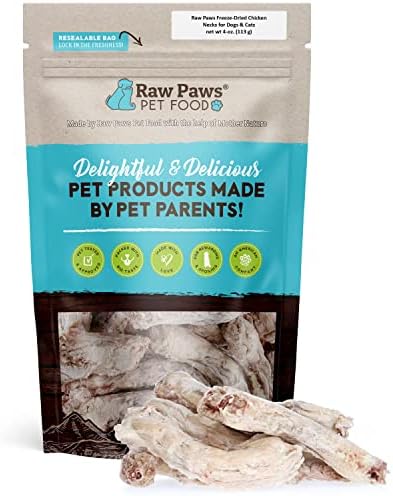
Chicken necks are a popular choice for dog treats due to their nutritional value and dental benefits. They are rich in protein and contain chondroitin and glucosamine, which support joint health and mobility in dogs. Additionally, the chewing action required to gnaw on chicken necks helps naturally clean your dog’s teeth, promoting good dental hygiene. However, it is important to be aware of the potential risks, such as bone splintering and choking hazards. By following best practices for preparation and portioning, and consulting with a veterinarian, you can safely incorporate chicken necks into your dog’s diet.
1 Nutritional Value Of Chicken Necks For Dogs
Chicken necks are packed with nutritional value for dogs. They are a great source of protein, which supports muscle growth and repair. Chicken necks also contain essential minerals like calcium, phosphorus, and magnesium, which contribute to healthy bone development and overall wellness. Furthermore, they provide chondroitin and glucosamine, which are beneficial for joint health and mobility. Incorporating chicken necks into your dog’s diet can help provide a well-rounded and nutritious meal option. It is important to ensure proper preparation and portioning to maximize their benefits.
2 Risks And Benefits Of Feeding Chicken Necks To Dogs
Feeding chicken necks to dogs comes with both risks and benefits. On one hand, chicken necks are a great source of protein, essential minerals, and joint-supporting nutrients like chondroitin and glucosamine. They can contribute to a well-rounded and nutritious diet for your canine companion. However, there are potential risks to consider. Chicken necks can pose a choking hazard, especially for larger dogs. They can also splinter into sharp pieces, posing a risk of injury or obstruction. It is important to monitor your dog closely while feeding chicken necks and choose appropriate sizes to minimize these risks.
Best Practices For Feeding Chicken Necks To Dogs

When feeding chicken necks to dogs, it is important to follow best practices to ensure their safety and well-being. First, proper preparation and portioning of chicken necks is crucial. Cut them into appropriate sizes to minimize the risk of choking or splintering. Additionally, closely monitor your dog while they eat to prevent any issues. Secondly, it is essential to understand your dog’s specific health and dietary needs. Consult with your veterinarian to determine the right amount of chicken necks to incorporate into their diet. By following these best practices, you can safely and effectively feed chicken necks to your beloved canine companion.
1 Proper Preparation And Portioning Of Chicken Necks
Proper preparation and portioning of chicken necks is essential when feeding them to dogs. It is important to cut the chicken necks into appropriate sizes that are suitable for your dog’s size and chewing ability. This helps to minimize the risk of choking or splintering. Additionally, ensure that the chicken necks are fresh and free from any contaminants. By carefully preparing and portioning the chicken necks, you can provide a safe and enjoyable treat for your furry friend. Remember to always monitor your dog while they are eating to prevent any issues.
2 Monitoring Your Dog’s Health And Dietary Needs
When feeding your dog chicken necks or any other treats, it is essential to monitor their health and dietary needs. Keep an eye on their weight, as excessive weight gain can lead to various health issues. Also, pay attention to their digestion and overall well-being. If you notice any adverse reactions or changes in their behavior, it may be a sign that the chicken necks are not suitable for them or that their diet needs adjustment. Regular check-ups with a veterinarian can provide valuable insights into your dog’s specific dietary requirements and ensure they are getting the proper nutrients for their optimal health.
Choosing Quality Chicken Necks For Your Dog
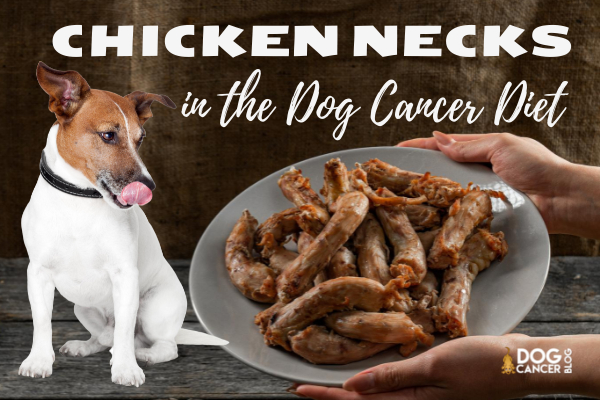
When choosing chicken necks for your dog, it is important to prioritize quality. Look for chicken necks that are sourced from reputable suppliers and are free of hormones and antibiotics. Organic options can also provide added assurance of quality. Additionally, consider the packaging of the chicken necks and ensure that it is properly sealed to prevent any contamination. A trusted brand with positive customer reviews can also be a good indicator of quality. By selecting high-quality chicken necks, you can ensure that your dog is receiving the best treats for their health and enjoyment.
1 Organic Vs. Conventional Chicken Necks
When choosing chicken necks for your dog, it is important to consider the difference between organic and conventional options. Organic chicken necks are sourced from chickens that have been raised without the use of antibiotics, hormones, or genetically modified organisms (GMOs). This ensures a higher level of quality and purity in the meat. Conventional chicken necks, on the other hand, may come from chickens that have been exposed to these substances. By opting for organic chicken necks, you can provide your dog with a healthier and more natural treat option.
2 Ensuring Safety And Sourcing Reputable Suppliers
When it comes to feeding chicken necks to your dog, it is crucial to prioritize safety and ensure that you source them from reputable suppliers. Look for suppliers that have strict quality control measures in place to guarantee the safety of their products. Check for certifications such as USDA or other reputable third-party certifications that ensure the chicken necks meet certain standards. Additionally, do your research and read reviews or ask for recommendations from other pet owners to find trusted suppliers that prioritize the well-being of animals and produce high-quality chicken necks for your furry companion.
Potential Concerns And Health Risks Associated With Chicken Necks
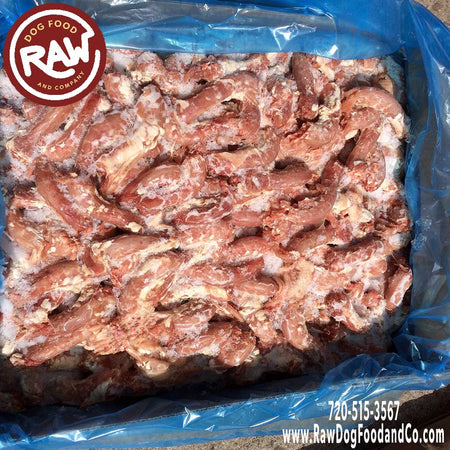
Feeding chicken necks to dogs can come with potential concerns and health risks. One major concern is the risk of choking and bone splintering, especially if the chicken necks are given whole. The bones can become brittle and may splinter, causing significant harm to your dog’s digestive system or even lead to blockages. Additionally, there is a risk of bacterial contamination, such as Salmonella or Campylobacter, which can cause illness in both dogs and humans. It is crucial to handle and prepare chicken necks properly to minimize these risks and prioritize your dog’s safety.
1 Choking Hazards And Bone Splintering
Feeding chicken necks to dogs can come with potential concerns and health risks. One major concern is the risk of choking and bone splintering, especially if the chicken necks are given whole. The bones can become brittle and may splinter, causing significant harm to your dog’s digestive system or even lead to blockages. It is crucial to handle and prepare chicken necks properly to minimize these risks and prioritize your dog’s safety.
2 Addressing Concerns About Bacterial Contamination
When it comes to feeding chicken necks to dogs, one major concern is the risk of bacterial contamination, particularly from Salmonella. Raw chicken has been found to be commonly contaminated with this harmful bacteria. To address this concern, it is important to handle and prepare chicken necks properly. Make sure to wash your hands thoroughly before and after handling raw chicken necks. Additionally, cook the chicken necks thoroughly, as heat can help kill bacteria. Avoid feeding raw chicken necks to your dog to minimize the risk of bacterial contamination and keep your furry friend safe and healthy.
Alternatives To Chicken Necks For Dog Treats
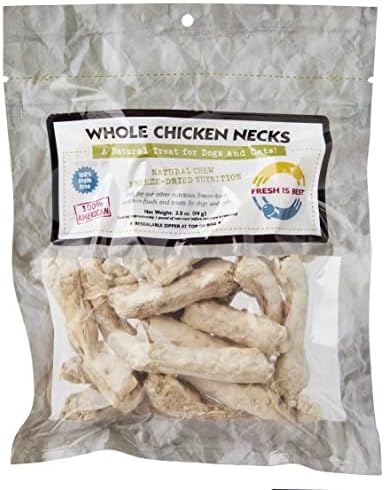
There are several alternatives to chicken necks that can provide a safe and healthy treat option for dogs. Some options include:
- Bully sticks: These natural chews are made from dried bull pizzle and are a great alternative to chicken necks. They are long-lasting and can help satisfy your dog’s urge to chew.
- Dental chews: Dental-specific treats can help promote oral hygiene by reducing tartar and plaque buildup. Look for treats that are specifically designed to support dental health.
- Kong toys: Stuffing a Kong toy with treats or peanut butter can provide a fun and interactive way for your dog to enjoy a treat while also keeping them mentally stimulated.
- Vegetable-based treats: Many fruits and vegetables can be given to dogs as treats, such as carrots, sweet potatoes, or green beans. These options are low in calories and can be a healthy alternative to meat-based treats.
When choosing an alternative to chicken necks, always consider your dog’s specific dietary needs and consult with a veterinarian for recommendations.
1 Other Safe And Healthy Treat Options For Dogs
There are several other safe and healthy treat options for dogs besides chicken necks. Some alternatives include bully sticks, dental chews, Kong toys, and vegetable-based treats. Bully sticks are long-lasting and can satisfy your dog’s need to chew. Dental chews can promote oral hygiene by reducing tartar and plaque buildup. Kong toys can provide a fun and interactive way for your dog to enjoy a treat while staying mentally stimulated. Vegetable-based treats, such as carrots and sweet potatoes, are low in calories and can be a healthy option. Always consider your dog’s dietary needs and consult with a veterinarian for recommendations.
2 Consulting With A Veterinarian For Dietary Recommendations
When it comes to ensuring a well-balanced and nutritious diet for your dog, consulting with a veterinarian is crucial. Veterinarians have extensive knowledge and expertise in pet nutrition, and they can provide tailored dietary recommendations based on your dog’s specific needs. They can take into account factors such as their age, breed, size, and any pre-existing health conditions. Consulting with a veterinarian allows you to make informed decisions about the best food choices for your dog, ensuring that they receive the proper nutrients and maintain optimal health. Remember to regularly check in with your veterinarian to reassess your dog’s dietary needs as they age and their health changes.
Conclusion
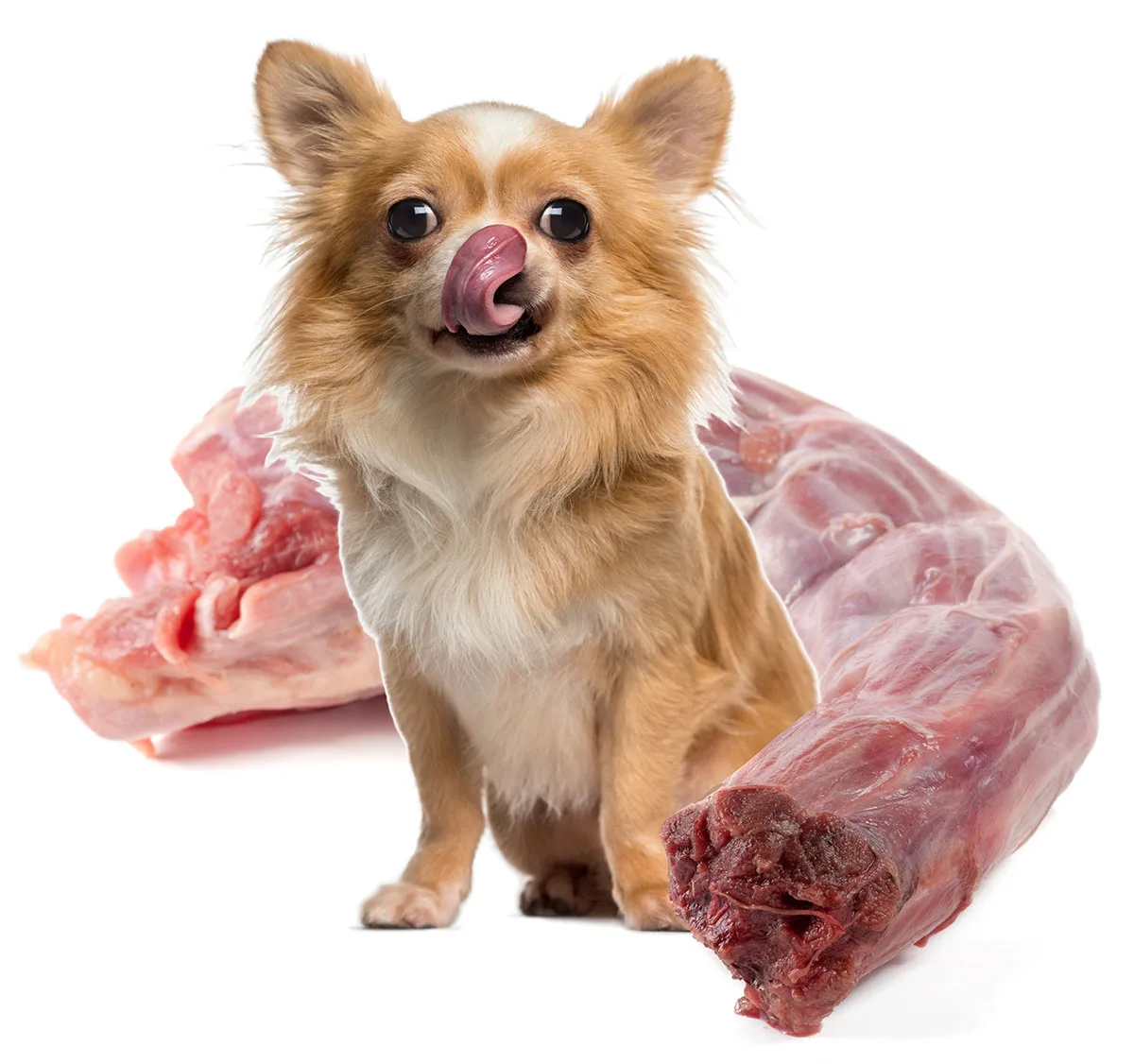
In conclusion, while chicken necks can be a tasty and nutrient-rich treat for dogs, it is important to consider the potential risks and benefits before incorporating them into their diet. They can provide valuable dental benefits and essential nutrients but can also pose choking hazards and carry the risk of bacterial contamination. Always ensure proper preparation and portioning, choose quality sources, and monitor your dog’s health closely. Consulting with a veterinarian is crucial for tailored dietary recommendations. Remember to prioritize your dog’s overall health and well-being when selecting treats for them.
Comparing The Benefits And Risks Of Feeding Chicken Necks To Dogs
Feeding chicken necks to dogs comes with both benefits and risks. On the benefits side, chicken necks are packed with essential nutrients like protein, vitamins, and minerals that contribute to overall canine health. They can also improve dental health by removing plaque and promoting chewing. However, it is important to consider the risks involved. Chicken necks can pose choking hazards, especially for larger dogs. Additionally, there is a potential risk of bacterial contamination. To ensure safety, proper preparation and portioning, as well as sourcing from reputable suppliers, are crucial. Ultimately, consulting with a veterinarian will provide tailored guidance on whether chicken necks are suitable for your dog’s dietary needs.
Guidelines For Incorporating Chicken Necks Into Your Dog’s Diet
When incorporating chicken necks into your dog’s diet, it is important to follow these guidelines to ensure their safety and well-being. First, choose chicken necks that are appropriate for your dog’s size and chewing ability. This will help prevent choking hazards and ensure they are able to properly consume the treat. Additionally, it is crucial to offer a variety of proteins and grains (if appropriate) to ensure a well-balanced diet. Finally, before introducing chicken necks or any new food item, consult your veterinarian for personalized advice based on your dog’s individual needs and health conditions.
FAQ About Chicken Necks For Dogs: Canine Cuisine Considerations
Q: What are chicken necks for dogs?
A: Chicken necks are nutritious and digestible treats that can also help with dental health for dogs.
Q: Are chicken necks safe for dogs to eat?
A: Yes, chicken necks are safe for dogs to eat as long as they are cooked thoroughly to kill any harmful bacteria.
Q: How should I serve chicken necks to my dog?
A: Chicken necks can be served either as a whole treat or chopped into smaller pieces, depending on your dog’s size and chewing preference.
Q: What are the benefits of feeding chicken necks to dogs?
A: Chicken necks are rich in essential nutrients like protein and glucosamine, which can support your dog’s overall health and joint function.
Q: Can chicken necks be a choking hazard for dogs?
A: It is important to supervise your dog while they are eating chicken necks to prevent any choking hazards, especially for smaller breeds or dogs that tend to swallow their food whole.
Q: How often can I feed chicken necks to my dog?
A: Chicken necks can be given to your dog as an occasional treat or incorporated into their regular diet in moderation to avoid any digestive issues.

Salsas by Karoll’s Catering is a vibrant and innovative Canadian fusion family restaurant that welcomes you to indulge in a delightful culinary experience. Every Sunday, from 11 am to 2 pm, we invite you for a delicious brunch that will tantalize your taste buds. Whether you prefer dining in or taking out, we ensure that our delectable dishes are available to savour at your convenience. In addition to our enticing Sunday brunch, we host a lively happy hour every Thursday, Friday, and Saturday. During this time, you can enjoy discounted food items, get $2.50 off on beer, and sip on refreshing $5 margaritas. It’s the perfect opportunity to unwind and relish in the flavours of our Canadian fusion cuisine.